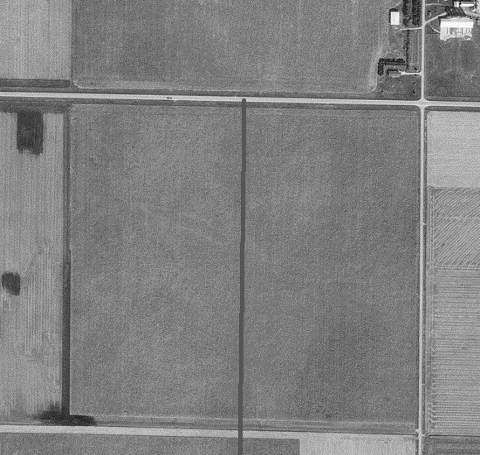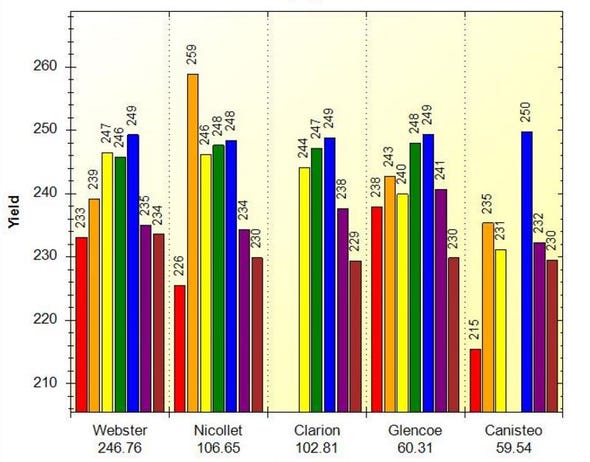July 15, 2016

At this time of the year, it’s easy to feel like yields are largely a function of weather – temperature and rainfall. Over the years in hundreds of grower meetings, I’ve heard that sentiment repeatedly.
If you are inclined to think that way, think about this scenario.
Imagine a flat 160-acre field in your area, farmed by the same grower for 30 years, is ,going to be auctioned to the highest bidder. The field is unique in that it is all one soil type (I know there is no such field in most areas – but we’re pretending so please play along!).
Pushing for the highest value, the auctioneer splits the field into two side-by-side 80 acre tracts – selling the field first as two 80’s and then as a 160.

The price received as two 80’s is higher, so the next year the different growers farm each of the 80’s. The entire field was soybeans the year before, so both growers plant corn in their first year farming their new purchase.
Both will receive the same growing degree units and virtually the exact same rainfall. How much yield difference could there be between each of these two 80’s the following harvest?
Over the years, I’ve used this example with growers in small group meetings and usually the answer is in the 40-50 bushel per acre range – sometimes as high as 75-80 bushels per acre difference!
How can there be that much difference? Simple. It’s because management matters!! And the purpose of this column is to encourage you to use your agronomic and economic data to make better management decisions.
Finishing our 18th crop year, we’ve seen it over and over again – similar soils and weather but dramatic differences in results. Usually it’s not one decision but the combination of multiple decisions. This chart is one example:

Hybrid and variety selection – it is common to find 20 - 30 bushels per acre differences on the same soil type and same weather events. A starting place is looking at your own hybrid and variety performance data by soils – both at a field level and across all your entire operation.
Your data can be a guide for not only making next year’s hybrid and variety selections but also where to place specific genetics.
The more data you collect, the more you can make data driven decisions! Applied fertility rates, planting dates, planter performance, trait packages, soil test levels, planting populations are examples of some of the critical agronomic decisions you make every year.
You might be able to hold Mother Nature accountable for the first 50 percent or even 75 percent of your yield results, but the other half or less (and all the profit) is your responsibility!
About the Author(s)
You May Also Like




